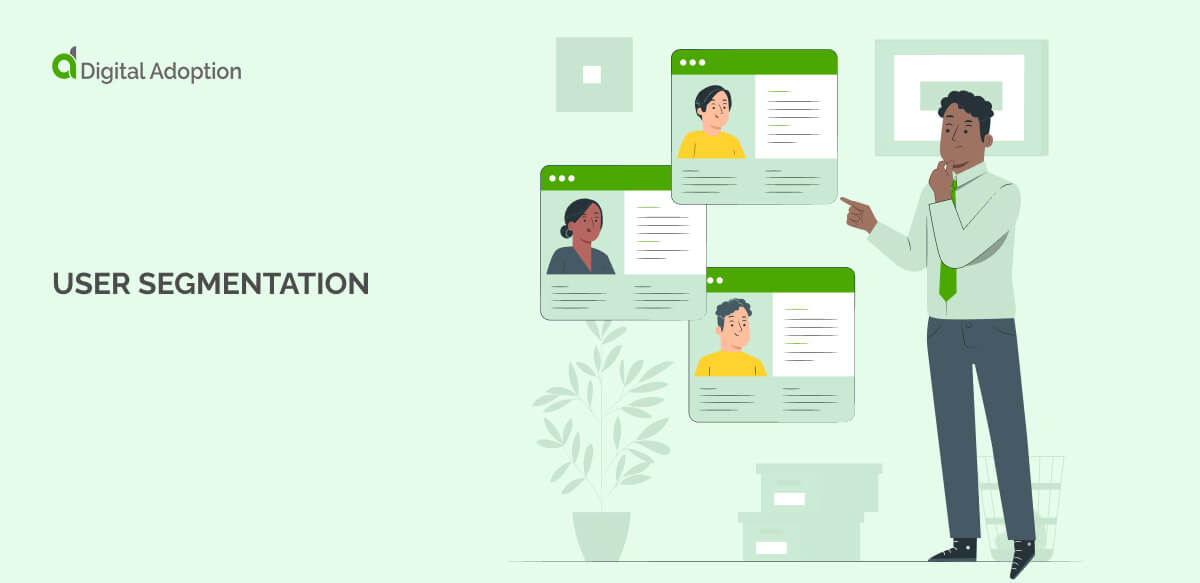User segmentation use cases
User segmentation helps businesses understand their customers better, improve marketing efforts, and make data-driven decisions.
It relies heavily on product analytics to identify patterns in how different user groups interact with offerings.
By grouping customers based on shared traits, behaviors, or needs, companies can create more targeted strategies.
How does this work in real-life scenarios? Here are some examples:
E-commerce
Scenario: An online clothing retailer notices that some customers abandon their shopping carts, while others buy frequently but only during sales.
Method: The company segments customers into “high spenders,” “bargain hunters,” and “cart abandoners.” They send personalized promotions to each group—discount alerts for bargain hunters, exclusive previews for high spenders, and reminder emails for cart abandoners.
Outcome: The retailer increases conversions by offering the right incentives to each group, reducing cart abandonment and boosting overall sales.
Hospitality
Scenario: A hotel chain struggles with low bookings in the off-season but has fully booked rooms during peak months.
Method: The hotel segments customers based on booking history, preferences, and travel habits. They send early-bird discounts to frequent travelers and special off-season deals to guests who prefer quieter stays.
Outcome: The hotel fills more rooms during slow months, improves guest loyalty, and maintains steady revenue throughout the year.
SaaS (Software as a Service)
Scenario: A subscription-based software company finds that some users engage daily, while others barely use the product after signing up.
Method: The company segments users into “power users,” “casual users,” and “inactive users.” They provide advanced features to power users, tutorials to casual users, and re-engagement emails to inactive users.
Outcome: More users stay engaged with the software, reducing churn and increasing customer lifetime value.

